An illustrated guide to sending email without going insane
From the rambling non-ask to the “friendly” reminder to the curt one-word response (“Sure.” or “Ok.”), we’ve all agonized over confusing emails. This vortex of anxiety and misunderstandings is only likely to get worse as our interactions increasingly move to the digital space—even back in 2012, a McKinsey study reported that 30% of our time in the office involved reading, writing, and sending emails. So until someone invents the self-writing email, we all need to figure out how to more effectively manage this stress.
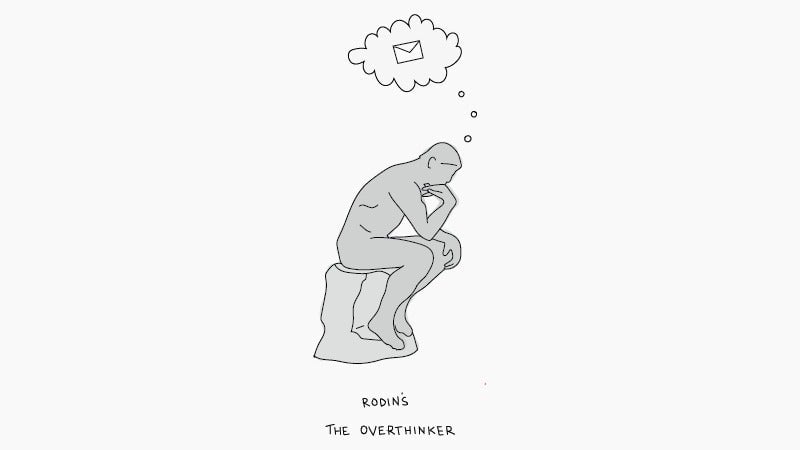

From the rambling non-ask to the “friendly” reminder to the curt one-word response (“Sure.” or “Ok.”), we’ve all agonized over confusing emails. This vortex of anxiety and misunderstandings is only likely to get worse as our interactions increasingly move to the digital space—even back in 2012, a McKinsey study reported that 30% of our time in the office involved reading, writing, and sending emails. So until someone invents the self-writing email, we all need to figure out how to more effectively manage this stress.
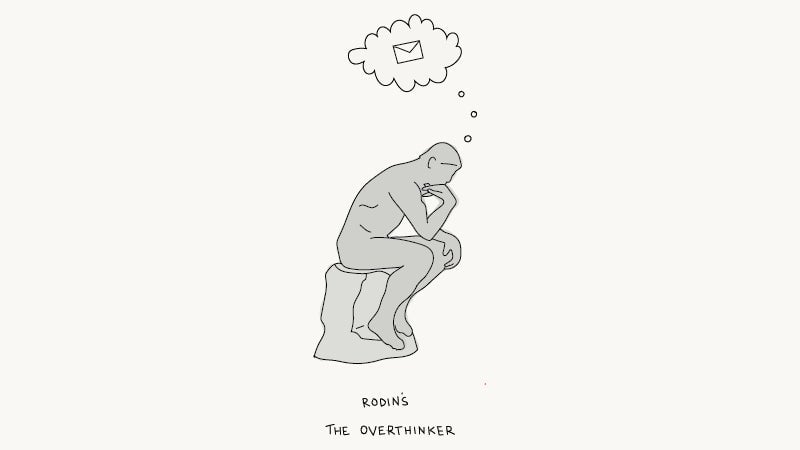
These six rules will help.
Realize the sender doesn’t hate you
Unless you know the sender hates you, you’re likely misreading his or her intended tone. Emails (and texts) lack the real-time feedback cues that we get from tone of voice and facial expressions, so if a message might be interpreted as negative, we automatically assume it is. Psychologist Daniel Goleman calls this negativity bias. It’s especially pronounced when we’re texting or emailing with people we don’t know well or with more senior colleagues. Imagine Liz sends Mollie an email that says, “This draft is a good start, but I think a couple sections could be better.” Liz and Mollie are long-time friends and co-authors, so Mollie wouldn’t think much of the email. But if Liz were her boss, Mollie would probably assume her work has been less-than-great and start freaking out. To reduce digital miscommunication, use richer communication channels like videoconferencing when you begin working together to build connections. If you’re a supervisor, give more context in your digital communication, or default to giving feedback in person.
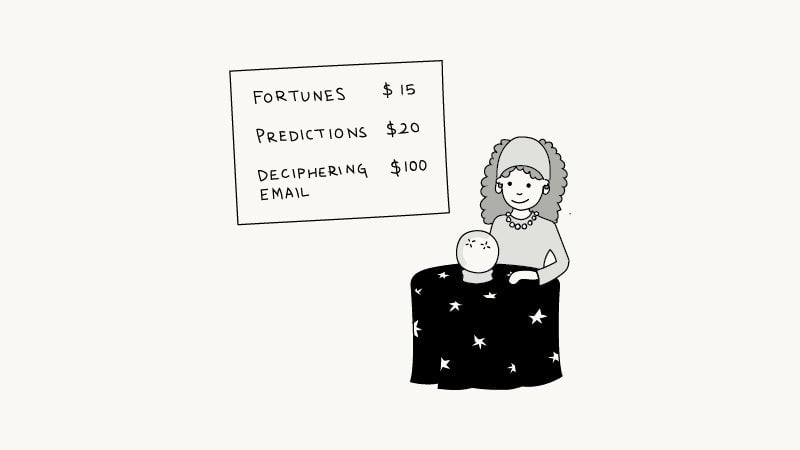
Touch email once
Set this goal for yourself: when you open an email, you must respond to it immediately. Touching an email more than once wastes time and creates anxiety. Liz used to read all her emails first thing in the morning and, in an effort to get right to work, would then mark them all as unread with a plan to respond later in the day. What happened? Liz spent the morning obsessively thinking about all the emails waiting in her inbox. That meant she a) was unable to truly concentrate and b) by the time she actually opened her inbox again, she was so drained by her mental drafts that she often just closed her email again (side note: at one point Liz had 10,330 unread emails in her personal inbox, spam not included). The modern employee receives an average of 121 emails a day. Imagine you scan and set aside even just 10% of those emails—that’s still 12 stressors pinging and taking space in your brain at any given time.
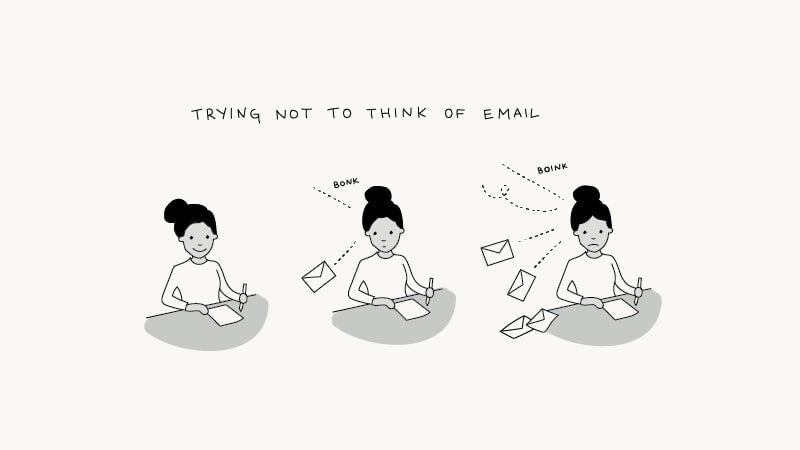
Don’t put pressure on yourself (or others) to respond immediately
“Adulthood is emailing ‘sorry for the delayed response!’ back and forth until one of you dies,” writer Marissa Miller tweeted. If you can tell an email isn’t urgent, don’t open it until you’re ready to respond (and that doesn’t need to happen immediately!). Researchers found that in the workplace, people respond to an email within six seconds, on average. Push back on this urge. If you’re sending an email, tell people when you need the response. Additionally, don’t send emails off hours when you don’t really need a response. If you draft an email late in the evening or on the weekends, even if you write “don’t read/respond to this until tomorrow/Monday,” chances are the recipient will still feel pressured to read and respond to it. Instead save the email as a draft or schedule it to send later. This is especially important for managers. “Leaders establish norms about respectful email conduct through their own habits and routines,” says author Christine Porath.
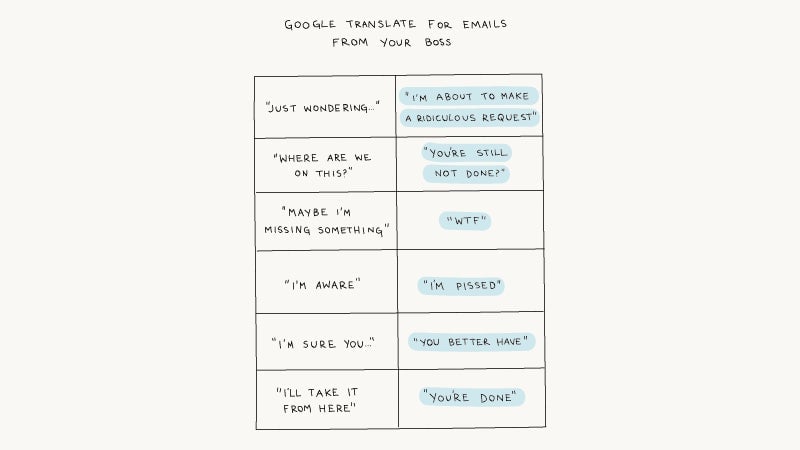
State what you feel (in words, not emoji)
According to NYU researchers, we believe we communicate our emotions over e-mail much more effectively than we actually do. Brodsky gives the following examples:
“The intro of the commercial needs to be redone. I’m sure that’s the client’s doing and you will handle it :).”
“I am very happy with your work so far. I think the intro could be improved, though; would you mind giving it another shot?”
Though the two messages convey the same meaning, the tone and request of the first example is more ambiguous and therefore more likely to be perceived negatively.
Correctly used though, emoji can help communicate emotions. Emojis help us express tone, meaning and emotional cues. Interestingly, research has found that out of all the emoji types used, the top three types are happy faces, sad or angry faces, and hearts—which are all emotional cues. However, using smiley emojis could potentially undermine your professionalism if you’re communicating with someone you don’t know—so wait to use a smiley once you already know the person.
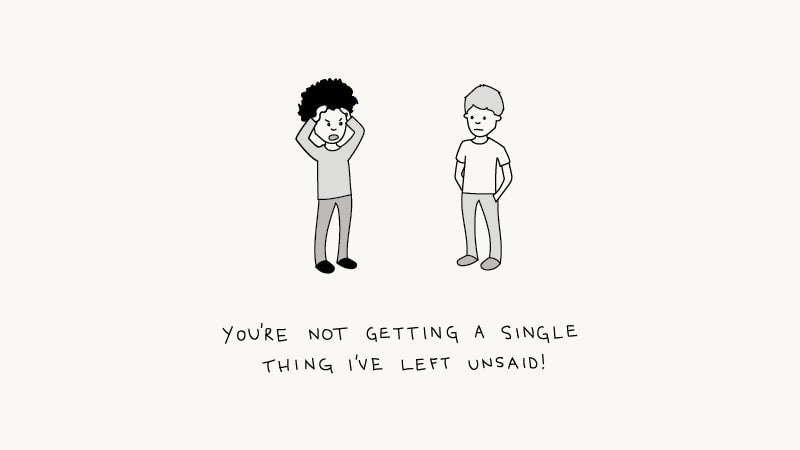
Take a moment before you hit send
Tom Lehman, co-founder of Genius.com, told us, “When I look back,it’s humorous and depressing, how many problems I could have avoided by sitting on my hands.” His advice? “Don’t respond to that email, wait until the next day or have a conversation instead of email.” (Additional tip: when writing an email always leave the To: field blank until you have proofread and are completely ready to hit send.) Chade-Meng Tan, who started Google’s meditation program, recommends the following: “When you type an email, before you send it, sit back, take three deep breaths where you’re not thinking about the email, then return to the email and reread it—not so much for the data but for the emotional impact it will have on the reader. Imagine being that reader and try to look at the impact it might have. Then change it accordingly and send it.”
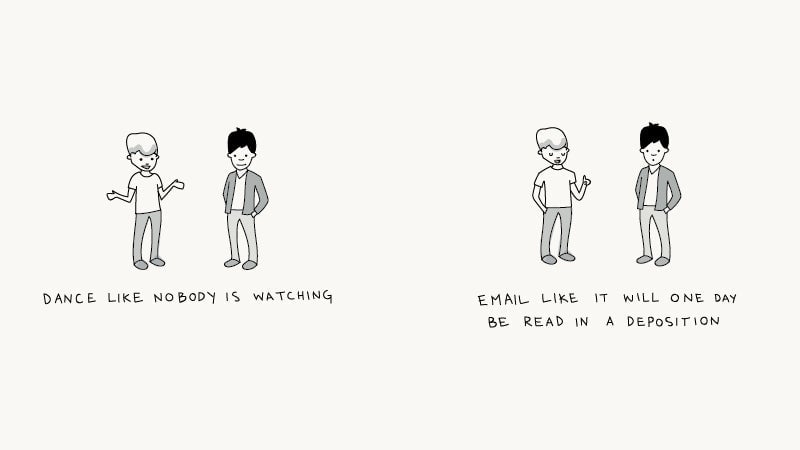
Stop using email so much!
We’re looking at you, people who send “thanks!,” emoji, and “woo hoo!” when the thread should just be over. Make sure your emails contain enough specific details so that they don’t generate more emailed questions. Have an ask? Harvard Business Review reports that a face-to-face request is 34 times more successful than an email.
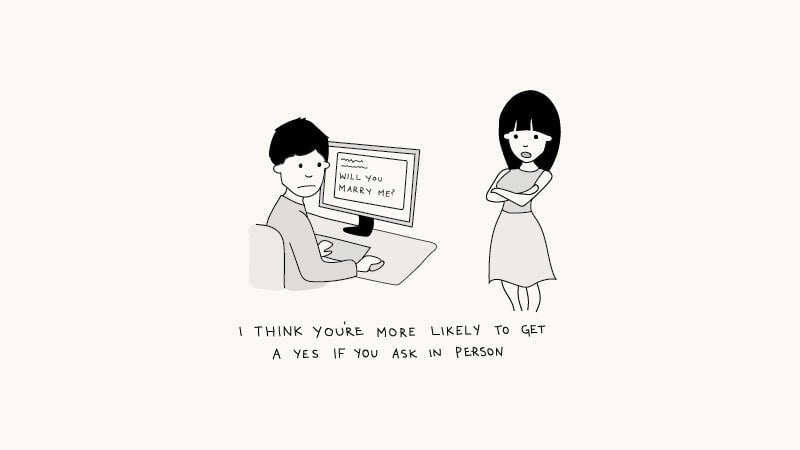
Liz Fosslien and Mollie West Duffy are co-writing a book on how emotions affect work that will be published by Penguin Portfolio. You can follow them on Instagram at @lizandmollie.